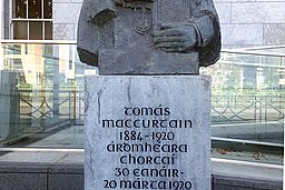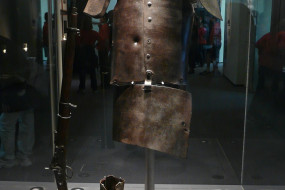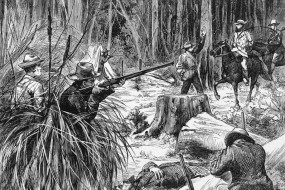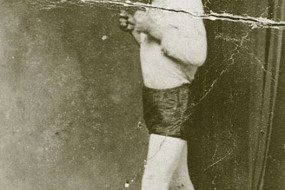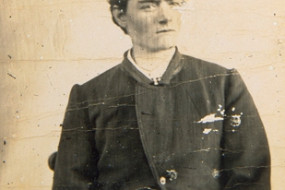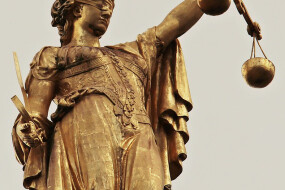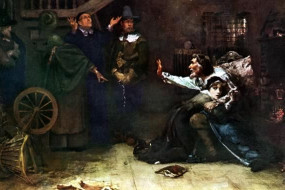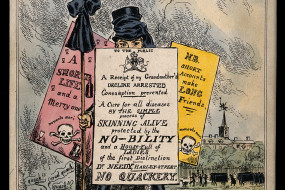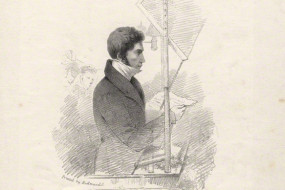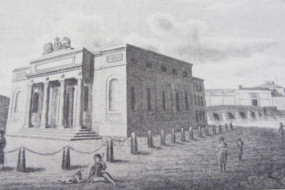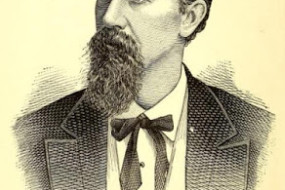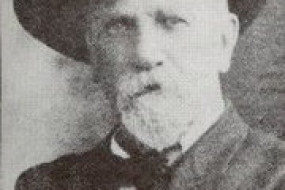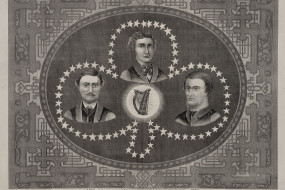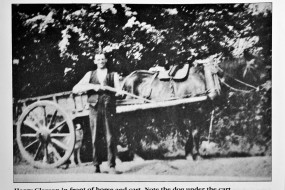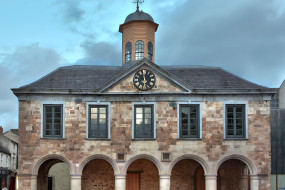The first Republican Lord Mayor of Cork, Tomás Mac Curtáin, was born on 20 March 1884 in the townland of Ballyknockane, about fifteen miles north of Cork City. When he was 13, Tomás moved to the Blackpool area of Cork City, where he attended North Monastery secondary school. It
Our Legal Heritage
Edward “Ned” Kelly was a famous Irish-Australian bushranger and outlaw who was executed in November 1880. Part I, Part II and Part III of this series were published last year. As the pressure to capture Ned Kelly and his associates heightened, police began closely monitoring the homes of
Edward “Ned” Kelly was a famous Irish-Australian bushranger and outlaw who was executed in November 1880. Part I and Part II of this series were published last month. After the Fitzpatrick affair, Ned and Dan were in hiding along with Joe Byrne and Steve Hart.
Edward “Ned” Kelly was a famous Irish-Australian bushranger and outlaw who was executed in November 1880. Part I was published last Friday. The horse that landed 16-year-old Ned with three years of hard labour had actually been stolen – or “borrowed” by a horse-breaker
Edward “Ned” Kelly was a famous Irish-Australian bushranger and outlaw who was executed in November 1880. A martyr in the retelling of the British settlement of Australia, the story of Ned Kelly attracts a great degree of controversy as people disagree about whether he should be remember
In 1937, a story emerged in the newspapers about a girl from Glasgow called Julia Clarke who had been sentenced, in absentia, to one month's imprisonment for “kissing a boyfriend in public”. Ms Clarke and the (notably unnamed) local boy had been seen kissing on church property in Blackro
On 24 March 1661, Florence Newton was committed to prison in Youghal, Co Cork, having been accused of bewitching a young servant girl named Mary Langdon. At Florence’s trial on 11 September 1661, Mary gave evidence that the previous Christmas, Florence had gone to the house of John Pyne, where
The first person to die in John St. John Long’s care was Ms Catherine Cashin. Ms Cashin was 24 years old when she arrived in London in August 1830 with her mother, Lady Cashin, and younger sister, Ellen. Lady Cashin went to Long seeking a cure for Ellen who was reported to have tuberculosis; h
Social media is replete with various examples of quackery; from detox teas and bee-sting facials, to more sinister bleach therapies and cancer cures. Far from being a novel issue, quackery in Ireland has a long history, and many of us who have grown up in rural areas have heard stories of people who
In March 1817, Peter Blake brought Mary Wilkins to Court seeking compensation for breaking a promise of marriage. Mary Wilkins was a wealthy woman in her sixties, whose husband had died over 40 years earlier, leaving her the bulk of his fortune.
Upon merging with the Irish Republican Brotherhood, members of the Phoenix Society were trained in the use of rifles and military tactics by Irish-American officers of the Fenian Brotherhood (Shane Kenna, Jerimiah O’Donovan Rossa: Unrepentant Fenian (Merrion Press, 2015)). This brought Jerimia
On 10 September 1831, Jerimiah O’Donovan Rossa was born in Reenascreena – a townland nestled between the villages of Leap and Rosscarbery in West Cork. Jerimiah was the second of four children, and his parents were tenant farmers. Like so many Irish families, the O’Donovan’s
On 18 September 1867, Police Sergeant Charles Brett was shot dead while transporting prisoners, including two members of the Irish Republican Brotherhood (IRB), from Manchester police court to Bell Vue Gaol.
Over 100 years after the tragedies that befell Rathcannon, another Holycross parishioner was the victim of one of Ireland’s most infamous miscarriages of justice. Henry 'Harry' Gleeson was born in Holycross, County Tipperary in 1903. One of twelve children, he was asked by his maternal uncle,
...continued from last week's Irish Legal Heritage: On 1 October 1827, Daniel, Laurence, and Timothy Mara were working on the building of the police barracks in Rathcannon alongside a Mason’s Apprentice. On their way home, eight armed men pursued them, and all but Daniel Mara escaped.



